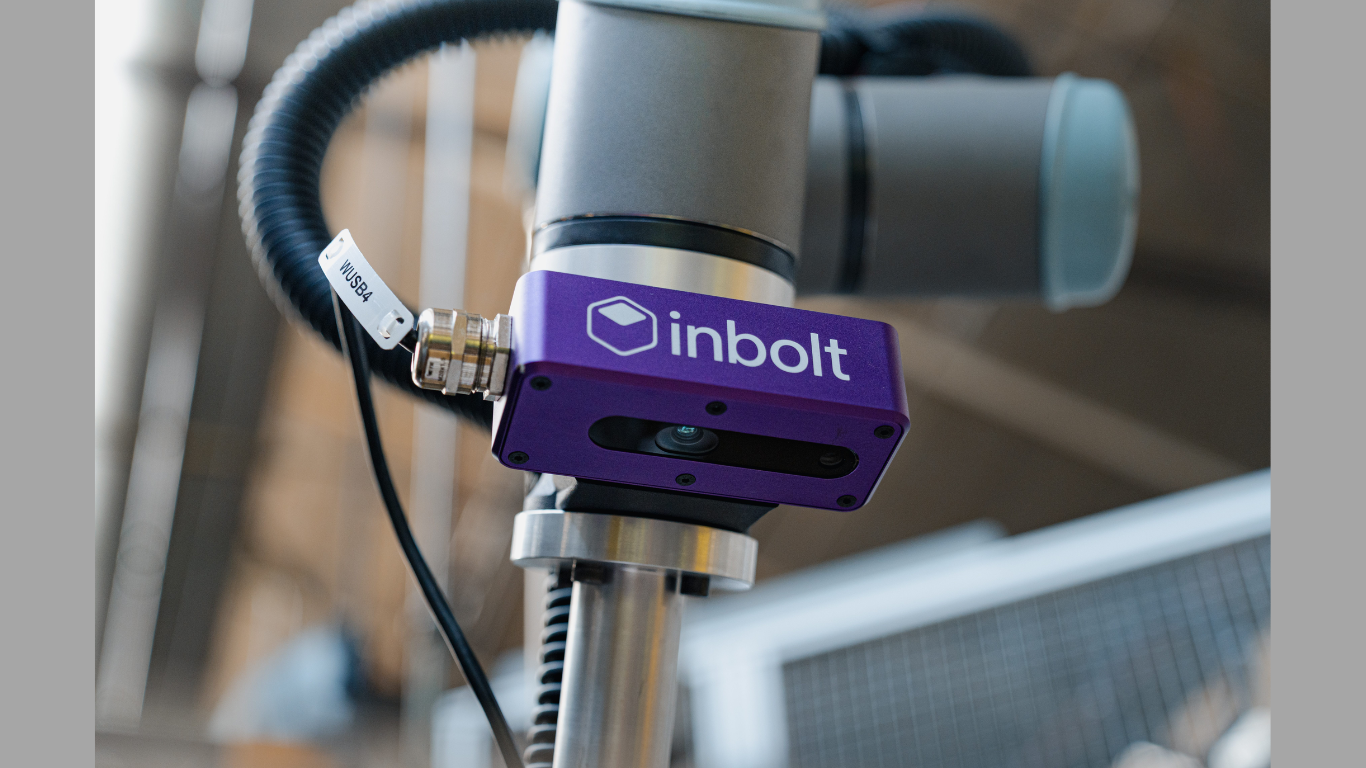Financial services are changing fast. People can now split dinner bills with their phones. They can send money across the world. They can buy stocks during their morning coffee. They can manage their money without ever visiting a bank.
The fintech revolution has changed how we use money. It started as a challenge to old-style banking. Now it’s become something bigger. It’s a complete remake of financial services. This remake is built on two main ideas that define every successful fintech solution today.
Convenience: The Non-Negotiable Standard
Convenience is now the basic expectation for any financial service. Users want solutions that fit into their daily lives. They don’t want systems that make them change how they do things.
Modern fintech works because it removes friction everywhere. Opening a bank account takes minutes, not days. Sending money overseas happens right away, not in weeks. Investment accounts update instantly. This gives users the transparency that old banks couldn’t provide for decades.
Payment apps have changed everyday money transfers. Being able to send money with a simple tap has made cash feel old-fashioned. Digital payment platforms didn’t just make payments digital. They made them social, clear, and instant. This convenience drives adoption rates that traditional banks can’t match.
Convenience goes beyond speed. It includes easy access, simplicity, and reducing the mental effort needed for financial tasks. The best fintech solutions know what users need. They provide answers before problems come up.
The Physical-Digital Bridge
The mix of physical and digital access shows how convenience adapts to what users want. Mobile apps handle most daily transactions. But physical locations are still important for some financial activities. Users looking for the nearest bitcoin ATM show this need for flexible access. Some people prefer digital-only solutions. Others need physical locations for crypto transactions.
This mixed approach keeps financial services accessible. It works for all user comfort levels with digital solutions.
Connectivity: Building Financial Ecosystems
Connectivity is the second pillar of fintech’s future. Financial services don’t work alone anymore. They connect with every part of digital life. This creates complete ecosystems that serve multiple needs at once.
Open banking has sped up this connectivity trend. It allows secure data sharing between banks and third-party providers. This creates chances for personalized financial management that wasn’t possible before. Spending habits can inform budget advice. Transaction history can make loan applications easier. Investment goals can adjust automatically based on income changes.
The most successful fintech companies build platforms, not just products. They create environments where users can access multiple financial services through one interface. Modern financial platforms combine banking, investments, insurance, and crypto trading in single apps. This connectivity reduces the need to manage multiple financial relationships. It also gives users complete views of their personal finances.
API-first designs enable this connectivity at scale. Banks can now connect with online stores, accounting software, payroll systems, and many other business tools. This integration creates value for everyone. Businesses get streamlined financial operations. Customers enjoy smooth experiences. Fintech providers expand their reach without building every part from scratch.
The Technology Driving Change
Cloud technology has made financial services available to more companies. It has reduced the money needed to launch new fintech solutions. Startups can now access enterprise-level security, compliance tools, and growth ability. They don’t need the massive upfront investments that once protected traditional banks from competition.
AI improves both convenience and connectivity. It personalizes financial experiences at scale. Machine learning studies spending patterns to provide useful insights. Predictive analytics helps users avoid overdrafts. It identifies saving opportunities. Automated investment platforms adjust portfolios based on market conditions and individual risk preferences.
FDIC research shows that increased fintech adoption significantly improves how banks work. Banks with higher technology adoption rates showed an 8.7 percentage point improvement in processing abilities. This was especially clear during the Paycheck Protection Program rollout. Blockchain technology promises to further improve connectivity. It enables direct peer-to-peer financial interactions without traditional middlemen.

Regulatory Evolution and Compliance
Rules are adapting to support fintech innovation while keeping consumer protection standards. Open banking regulations create standard approaches to financial data sharing. They also standardize third-party access across multiple areas.
These rule changes benefit consumers by increasing competition and innovation. Traditional banks must now compete with agile fintech startups. These startups can move quickly and focus on specific user needs. This competition drives improvements across the entire financial services sector.
Compliance-as-a-Service platforms are emerging to help fintech companies navigate complex rules. They don’t need to build internal compliance teams. This specialization allows fintech startups to focus on their main products. They can still ensure they meet necessary legal and regulatory standards.
Challenges and Opportunities
Security remains the main concern for fintech adoption. Digital-native companies often use stronger security measures than traditional institutions. But public perception still favors established banks for sensitive financial activities. Fintech companies must keep investing in security infrastructure and user education. This builds the trust necessary for widespread adoption.
Financial Inclusion Opportunities
Financial inclusion represents a huge opportunity for fintech solutions. Traditional banking services remain out of reach for large populations worldwide. This is due to geographic, economic, or documentation barriers. Mobile-first fintech platforms can reach underserved populations. They can provide basic financial services without the infrastructure requirements of traditional banking.
Small businesses represent another significant growth area. Traditional banks have historically underserved this segment. This is due to the complexity and cost of providing tailored services. The economic impact is substantial. Utah’s fintech sector alone employs nearly 8,000 people across 67 companies. It contributes over $1 billion in annual wages. It represents 1.7% of the state’s total employment.
Industry-specific software solutions can offer specialized tools. These include invoicing, expense management, lending, and payments. They directly address unique business sector needs.
What Success Looks Like
The evolution of web design has shaped user expectations for easy, smooth interfaces. These require minimal learning curves. The most effective fintech solutions know what users need. They provide relevant services at the right moments. They connect separate financial activities into clear experiences that add value rather than complexity.
This requires thinking beyond individual transactions. Companies must understand complete user journeys. The most effective fintech solutions know what users need. They provide relevant services at the right moments. They connect separate financial activities into clear experiences that add value rather than complexity.
The companies that win will be those that build trust through transparency, security, and consistent performance. They’ll create financial tools that empower users rather than confusing them. They’ll continue innovating to stay ahead of changing user expectations and technological abilities.
Fintech’s future isn’t just about better apps or faster payments. It’s about creating financial systems that adapt to human behavior. It’s not about forcing humans to adapt to financial systems. The organizations that embrace this philosophy and execute it well will define how we interact with money for generations to come.
Blog as received in the mail






























